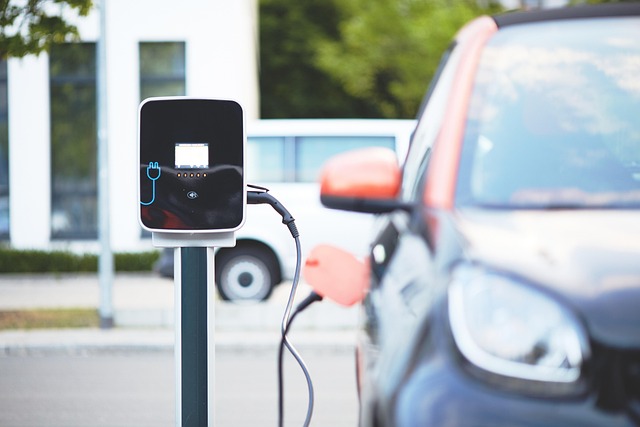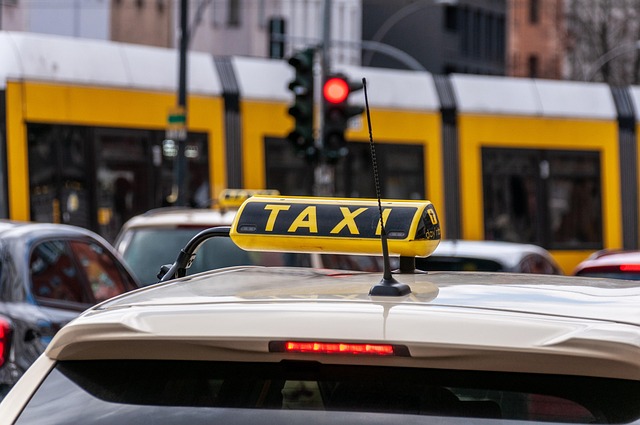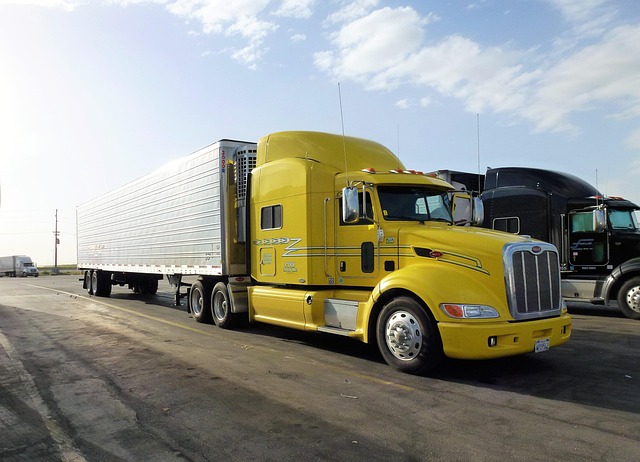Looking to register your car in California? This guide breaks down the process step by step, ensuring a smooth transition. From understanding key requirements like insurance and emissions tests to gathering essential documents and utilizing a VIN verifier for vehicle authenticity, you’ll learn everything needed. Whether completing the registration online or in-person, we provide clear instructions. Plus, discover how to pay fees and obtain plates, making your California car registration hassle-free.
- Understand California Car Registration Requirements
- Gather Necessary Documents for Car Registration
- Use VIN Verifier to Ensure Vehicle Authenticity
- Complete Online or In-Person Car Registration Process
- Pay California Car Registration Fees and Obtain Plates
Understand California Car Registration Requirements

Before registering your car in California, it’s crucial to understand the state’s specific requirements. California requires vehicles to pass an emission test and have a valid liability insurance policy before registration. The Vehicle Identification Number (VIN) is a critical piece of information used for verification purposes, ensuring that the vehicle matches its documentation. This process can be streamlined with a mobile vin inspection or mobile vin verification service, which checks the VIN against state databases to ensure accuracy and compliance.
Additionally, you’ll need to obtain necessary documents like the title, proof of insurance, and possibly a smog certificate, depending on your vehicle’s age and emissions standards. It’s essential to visit the California Department of Motor Vehicles (DMV) website or contact them directly for up-to-date information, as regulations can change. By fulfilling these requirements, you’ll be well on your way to registering your car smoothly and legally in California.
Gather Necessary Documents for Car Registration

Before you start the registration process, ensure you have all the essential documents required by the California Department of Motor Vehicles (DMV). The key document is the Vehicle Identification Number (VIN) verifier, which confirms your car’s authenticity and history. This can be obtained through a mobile VIN verification service, making it more convenient than ever to complete this step.
Along with the VIN verifier, gather other necessary papers such as proof of ownership, vehicle title, current registration, and insurance documents. If you’ve recently purchased the vehicle, ensure you have the bill of sale and any temporary registration paperwork provided by the seller or dealership. These documents streamline the registration process and help avoid potential delays at the DMV.
Use VIN Verifier to Ensure Vehicle Authenticity

Before proceeding with the registration process, it’s crucial to ensure your vehicle’s authenticity using a reliable VIN (Vehicle Identification Number) verifier. This step is essential for protecting yourself from potential fraud and ensuring you’re registering the actual owner of the car. A mobile VIN verifier can be a convenient tool that allows you to perform this check swiftly and easily right from your smartphone or tablet.
By utilizing these services, you can verify the vehicle’s history, including its previous owners, maintenance records, and any reported accidents or damages. This information is vital when assessing the car’s condition and value. With a quick mobile VIN verification, you’ll have peace of mind knowing that you’re engaging in an honest and transparent transaction when registering your vehicle in California.
Complete Online or In-Person Car Registration Process

In California, registering your car involves either completing an online or in-person process. The first step is to gather all necessary documents, including proof of ownership, vehicle identification number (VIN) verifier, and valid identification. For online registration, you’ll need a computer and internet access. You can begin by visiting the California Department of Motor Vehicles (DMV) website and selecting the appropriate form for your situation. Follow the prompts step-by-step to input your data accurately, ensuring that all information is correct before submitting.
Alternatively, in-person registration requires visiting a local DMV office with the required documents. A VIN inspection or mobile vin verification might be needed if you’re transferring ownership or registering a vehicle for the first time. The process typically involves filling out forms, providing payment, and undergoing a brief inspection of your vehicle. Ensure that all details are double-checked to avoid any delays in registration.
Pay California Car Registration Fees and Obtain Plates

After completing your California car purchase, it’s time to register your vehicle with the DMV. Once you’ve gathered all necessary documents and passed the state’s emissions test (if applicable), head to a DMV field office or use their online services to pay the registration fees. These fees vary based on your vehicle type and model year. Be sure to check the current rates on the official DMV website.
When registering, you’ll also need to obtain license plates for your car. The DMV will issue standard plates unless you have a specific preference or require special plates due to accessibility features. After submitting all required documents and fees, you’ll leave the DMV with a registered vehicle and new license plates. If you prefer a more convenient option, consider using a mobile vin verifier or scheduling a mobile vin inspection for a potential registration hassle-free experience.
Registering a car in California is a straightforward process that requires understanding key requirements, gathering essential documents, and completing either an online or in-person application. Don’t forget to utilize a VIN verifier to ensure your vehicle’s authenticity, as this step is crucial for a successful registration. By following these steps and providing all necessary information, you’ll have your California car plates in no time.



